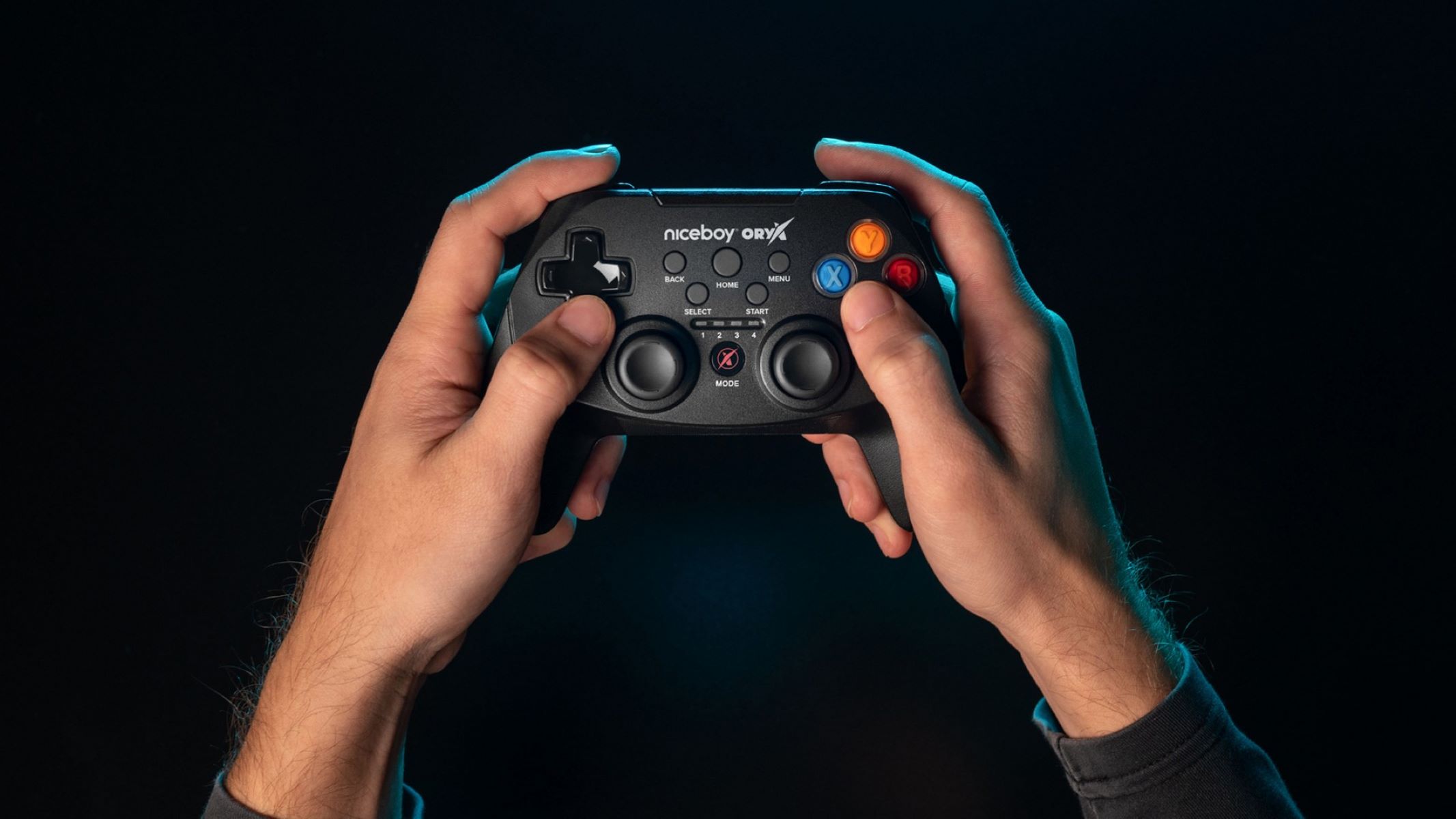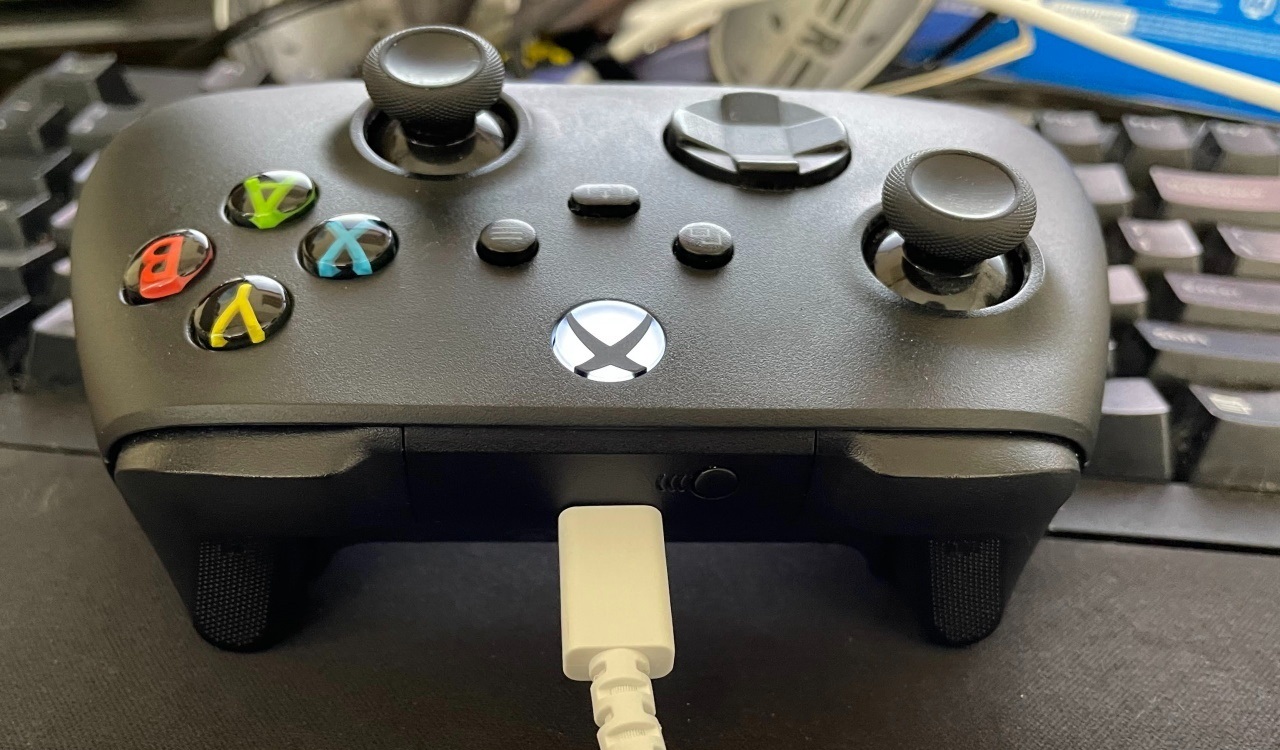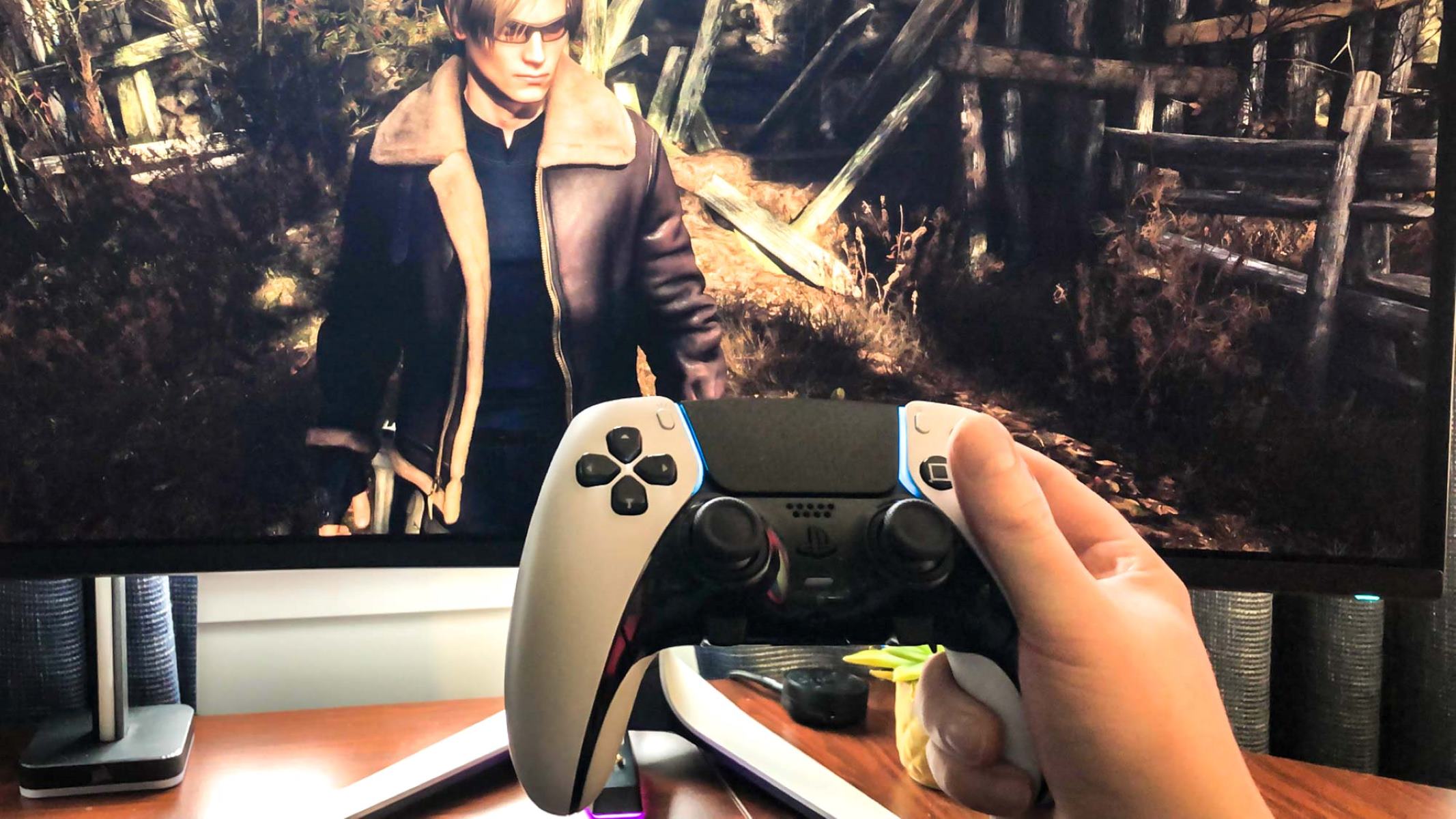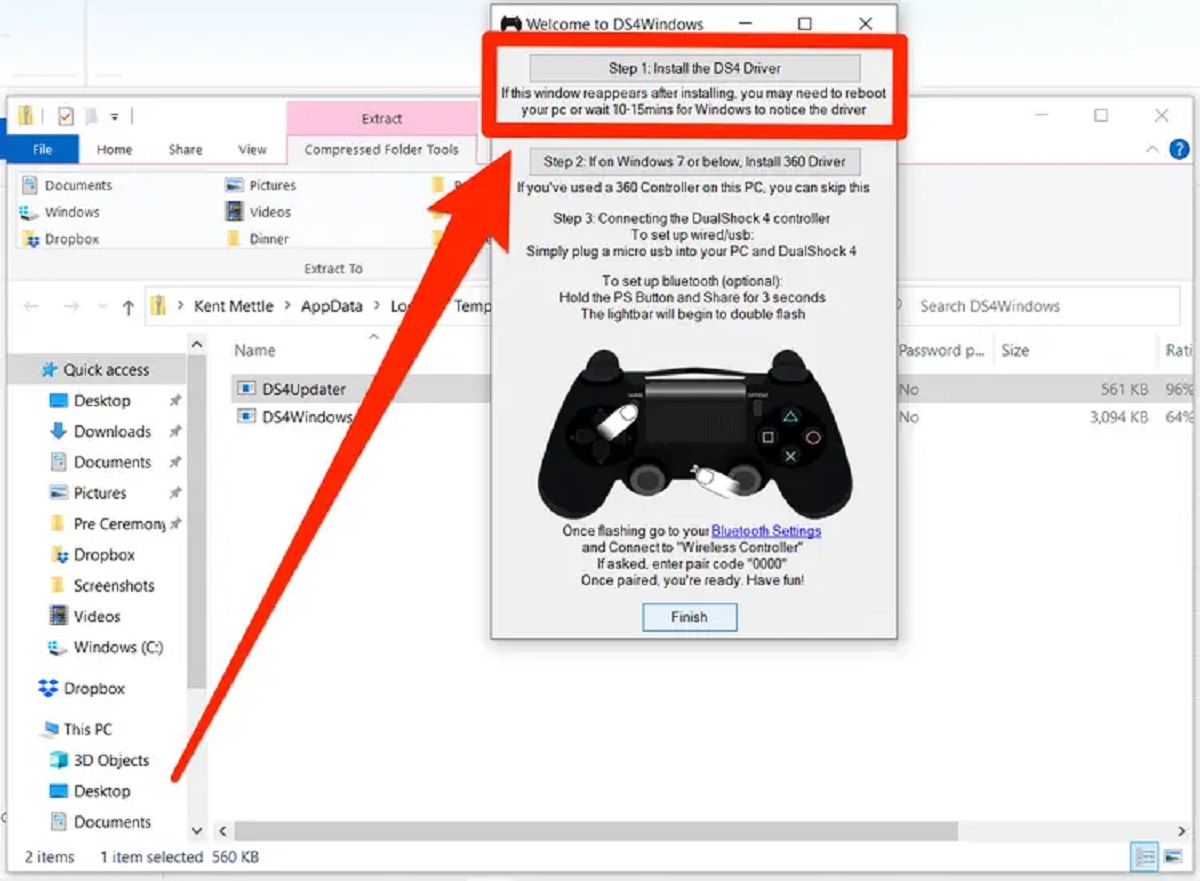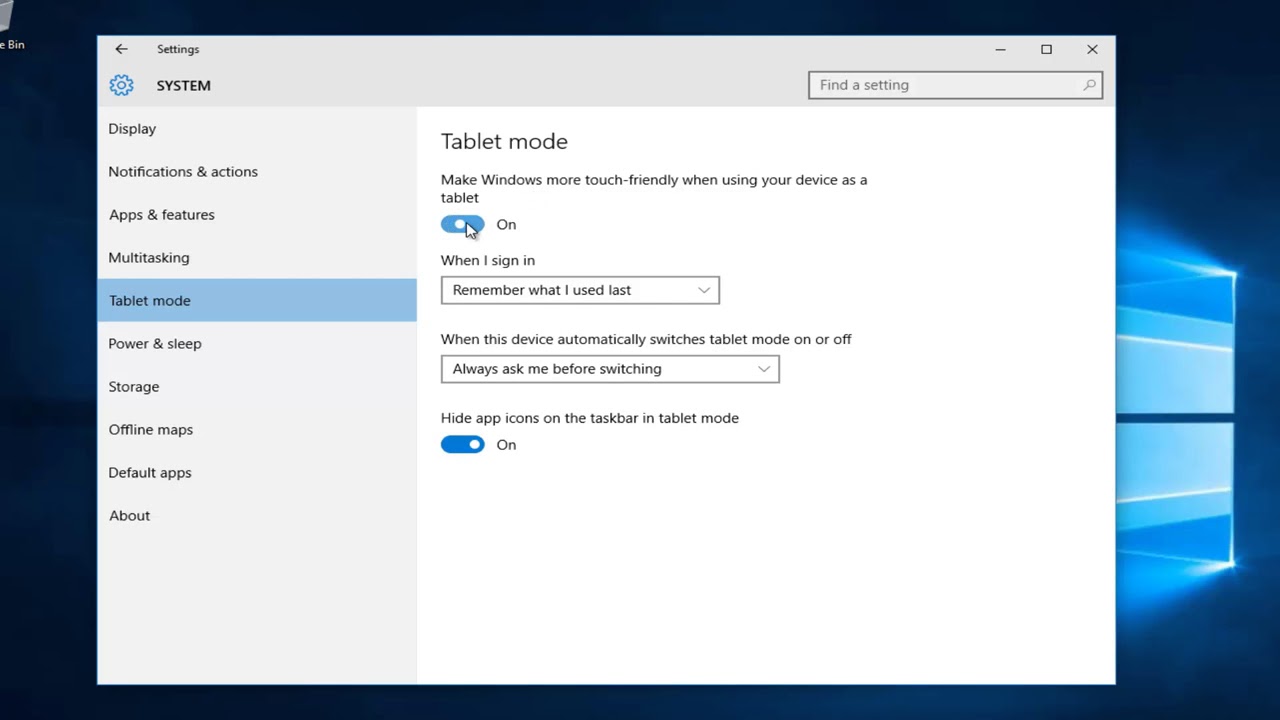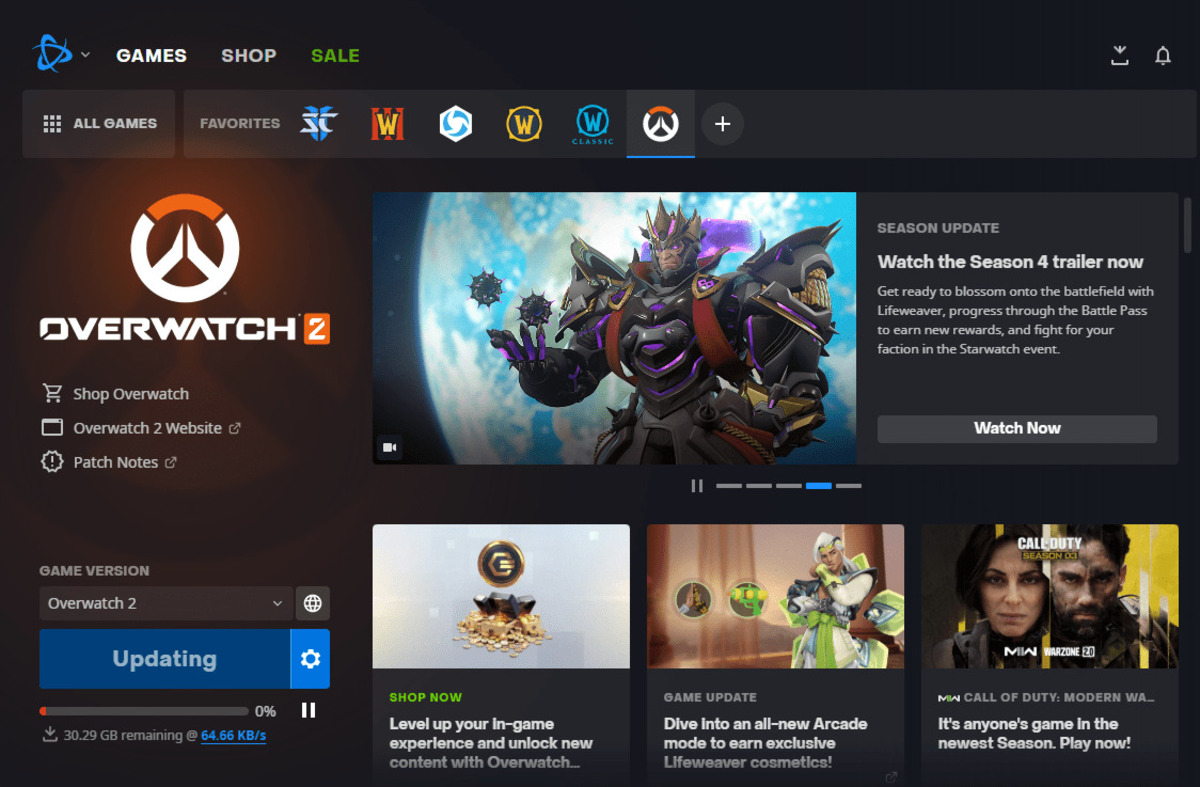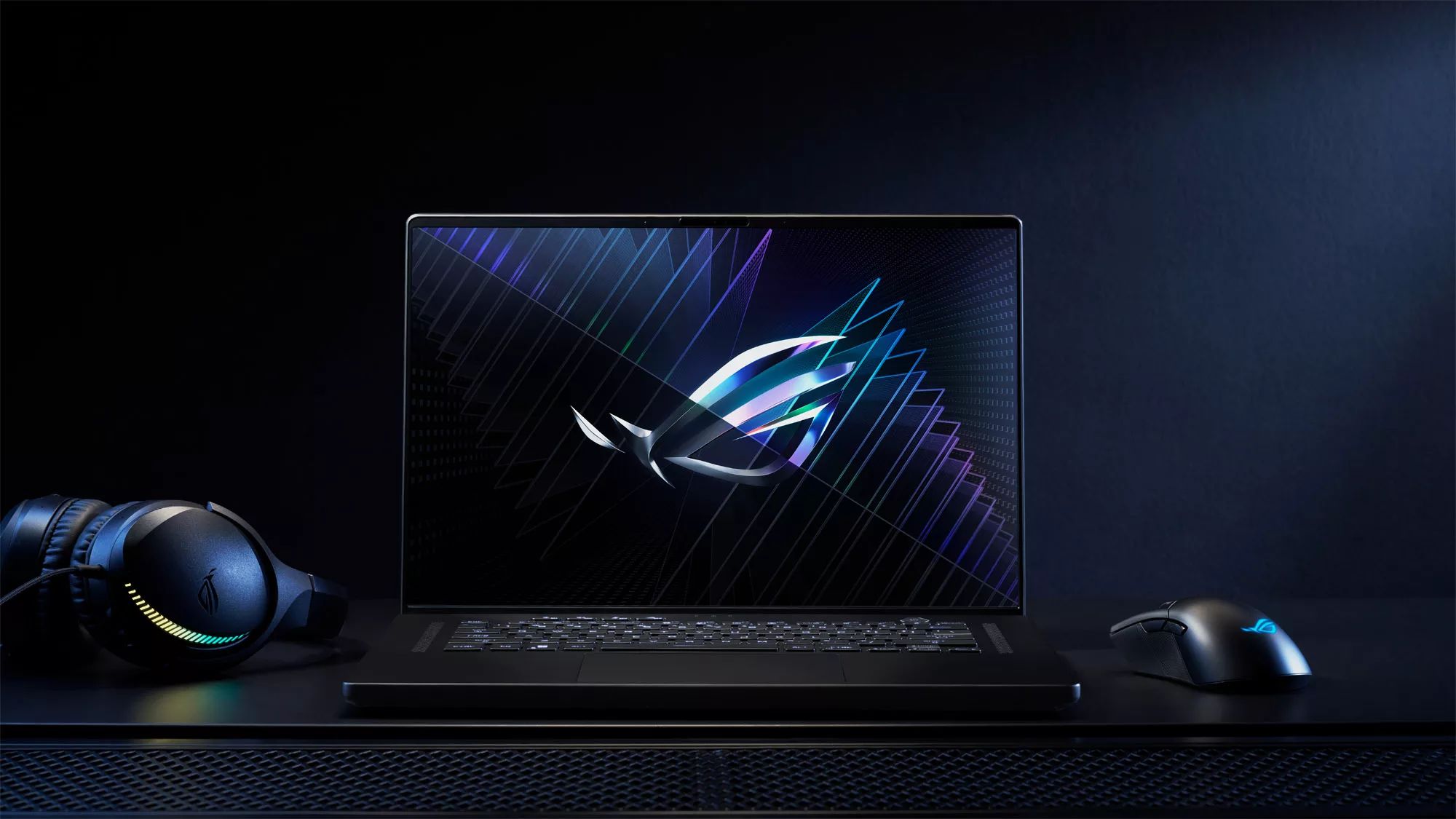Introduction
Introduction
If you're an avid gamer, having the ability to customize your game controller settings can significantly enhance your gaming experience. Whether you want to adjust button configurations, calibrate the controller, or update drivers, Windows provides several methods to access and modify these settings. Understanding how to navigate through the Control Panel, Settings app, and Device Manager can empower you to fine-tune your gaming peripherals to suit your preferences.
In this guide, we'll explore three distinct methods for accessing game controller settings in Windows. Each method offers a unique approach, catering to users' diverse preferences and familiarity with the Windows operating system. By following these step-by-step instructions, you'll gain the knowledge needed to effortlessly access and modify your game controller settings, ensuring a seamless and personalized gaming experience.
Let's delve into the various methods for accessing game controller settings in Windows, empowering you to optimize your gaming setup with ease. Whether you're a seasoned gamer or new to the world of PC gaming, these methods will equip you with the essential know-how to navigate and customize your game controller settings according to your preferences.
Method 1: Using the Control Panel
Method 1: Using the Control Panel
One of the classic and reliable methods for accessing game controller settings in Windows is through the Control Panel. This method provides a straightforward approach for users who are accustomed to navigating system settings through this interface.
To begin, navigate to the Control Panel by searching for it in the Windows search bar or accessing it through the Windows System folder. Once in the Control Panel, locate the “Hardware and Sound” category and select “View devices and printers.” This will display a list of connected devices, including your game controller.
Next, right-click on your game controller icon and select “Game controller settings” from the dropdown menu. This will open the “Game Controllers” window, where you can view and modify the properties of your game controller. Here, you can calibrate the controller, adjust button configurations, and test the functionality to ensure optimal performance.
Within the “Game Controllers” window, select your game controller and click on the “Properties” button to access a range of settings and calibration options. You can test each button and axis to verify responsiveness and make necessary adjustments to enhance your gaming experience.
Using the Control Panel to access game controller settings offers a familiar and comprehensive interface for users to customize their gaming peripherals. This method provides a convenient way to fine-tune controller settings and ensure seamless integration with your favorite games.
Method 2: Using the Settings App
Method 2: Using the Settings App
Windows 10 introduced the Settings app as a modern and user-friendly interface for accessing various system configurations. This method provides a streamlined approach for users who prefer the simplicity and intuitive design of the Settings app.
To access game controller settings using the Settings app, begin by clicking on the “Start” button and selecting the gear-shaped “Settings” icon. Within the Settings app, navigate to the “Devices” category, which encompasses a wide range of peripheral and hardware settings.
Under the “Devices” category, select “Bluetooth & other devices” from the sidebar menu. This will display a list of connected devices, including your game controller if it’s connected via Bluetooth or recognized as a compatible device.
Locate your game controller in the list of devices and click on it to reveal additional options and settings. Depending on the specific controller and its compatibility with Windows, you may find customization options such as button mapping, firmware updates, and additional settings tailored to the controller’s features.
By leveraging the Settings app, users can seamlessly access and modify game controller settings in a modern and intuitive environment. This method caters to individuals who prefer a more visually appealing and straightforward interface for managing their peripheral devices, offering a convenient alternative to the traditional Control Panel.
Method 3: Using the Device Manager
Method 3: Using the Device Manager
Another method for accessing and managing game controller settings in Windows involves utilizing the Device Manager. This method provides a more technical approach, allowing users to delve into the system’s device management interface to configure and troubleshoot hardware components, including game controllers.
To access the Device Manager, right-click on the Start button and select “Device Manager” from the contextual menu. Alternatively, you can search for “Device Manager” in the Windows search bar to access it directly.
Once in the Device Manager, expand the “Human Interface Devices” category to reveal a list of connected input devices, including game controllers. Locate your game controller within the list, which may be identified by its specific manufacturer or as a “USB Input Device” or “HID-compliant game controller.
Right-click on your game controller and select “Properties” to access a range of settings and information pertaining to the device. Here, you can view device status, update drivers, and configure various advanced settings specific to the game controller.
Within the “Properties” window, navigate to the “Driver” tab to update the device driver if necessary. Keeping your game controller’s drivers up to date is crucial for ensuring compatibility and optimal performance, especially with newer games and software updates.
Using the Device Manager provides a more technical and in-depth approach to managing game controller settings, making it suitable for users with a preference for detailed device management and troubleshooting. This method empowers users to delve into the intricacies of device configuration and driver management, ensuring that their game controllers are operating at peak performance.
Conclusion
Conclusion
Mastering the art of accessing game controller settings in Windows opens up a world of customization and optimization for gamers. By exploring the Control Panel, Settings app, and Device Manager, users can tailor their gaming peripherals to suit their preferences and enhance their overall gaming experience.
Whether you prefer the familiar interface of the Control Panel, the modern simplicity of the Settings app, or the technical depth of the Device Manager, Windows offers versatile methods to accommodate a wide range of user preferences and technical proficiencies.
By leveraging these methods, gamers can calibrate their controllers, customize button configurations, update drivers, and troubleshoot any issues that may arise. This level of control empowers users to fine-tune their gaming peripherals, ensuring seamless integration with their favorite games and providing a competitive edge in the gaming arena.
As technology continues to evolve, Windows remains committed to providing intuitive and comprehensive tools for managing hardware configurations, including game controllers. With these methods at your disposal, you can embark on a journey of personalized gaming experiences, tailored to your unique preferences and playstyle.
Whether you’re a casual gamer seeking comfort and convenience or a competitive player striving for precision and performance, the ability to access and modify game controller settings in Windows is an invaluable asset. Embrace the flexibility and customization offered by these methods, and elevate your gaming experience to new heights.







